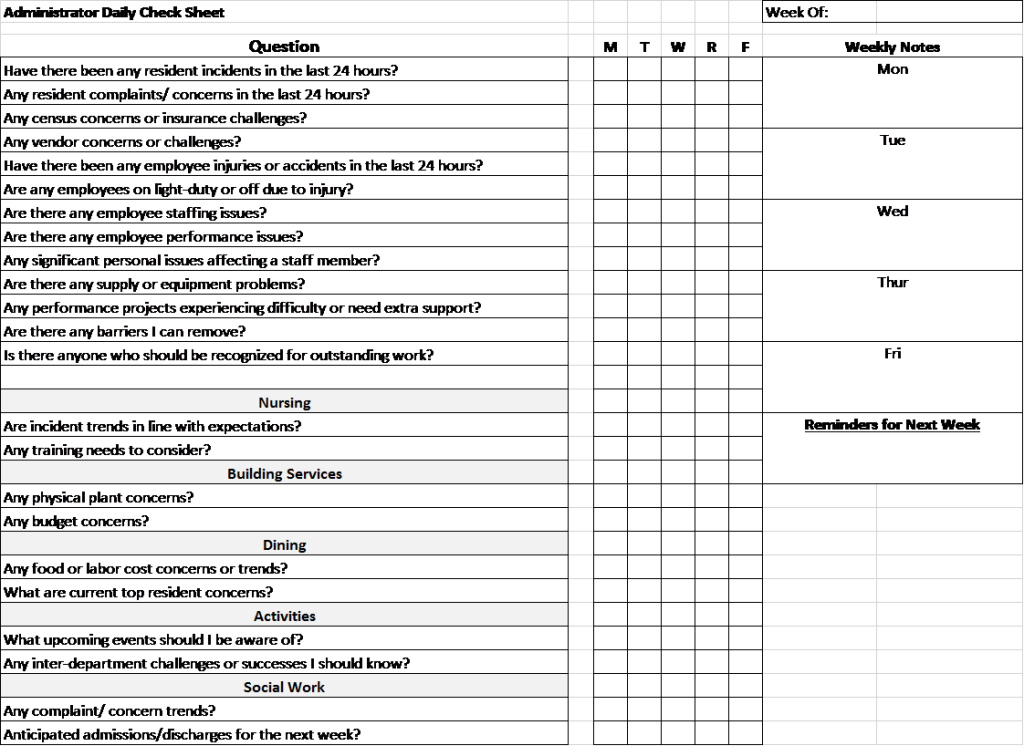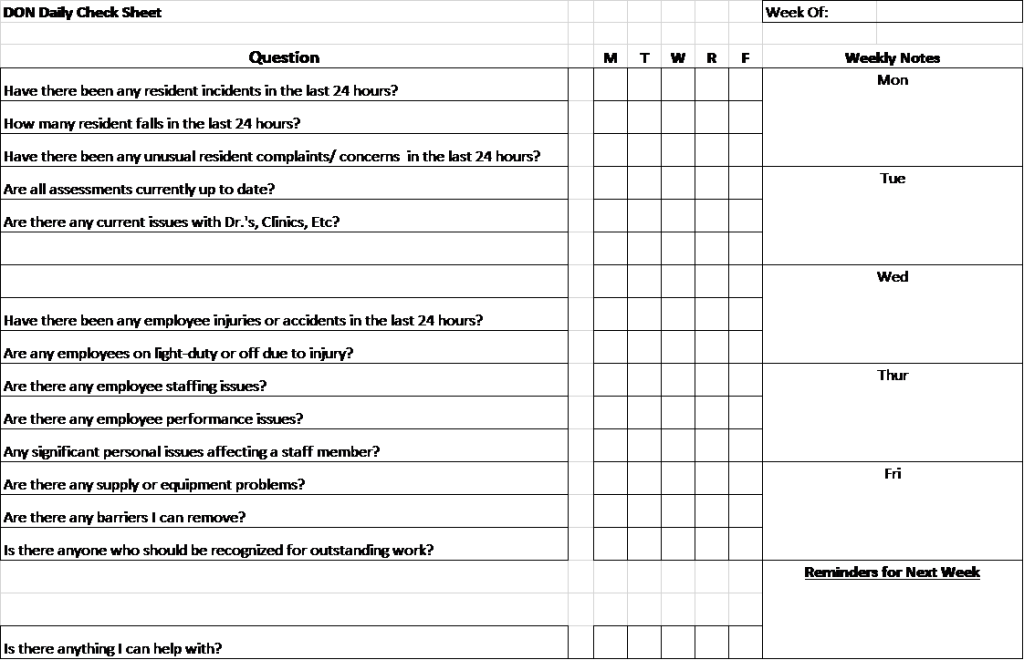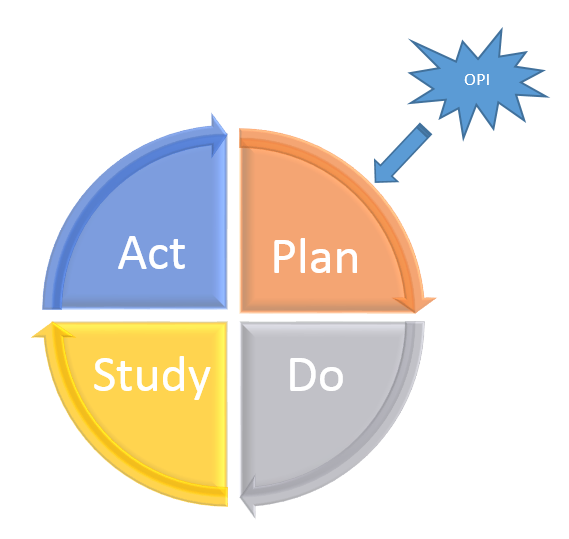EHR projects are challenging for any healthcare organization, but especially so for LTPAC providers, who typically lack IT resources, capital infrastructure, and the staff stability that is crucial to implementing any large technological and process change. The result of this is many providers struggle with poorly implemented, un-optimized systems that don’t deliver the full transformative power of the technology. On top of the internal and systemic challenges facing providers, EHR vendors have been slow to develop workflow-based EHR solutions, adopt adult-learning-based implementation models, and truly partner to help solve the most challenging quality and service-related issues in the industry.
As they push forward the technology of their systems, EHR vendors would be wise to look at three key pitfalls in current implementation approaches:
1) Training content cannot be delivered effectively through multi-hour webinars. These webinars are nearly a complete waste of staff time and training resources, yet are still the most common method for delivering implementation training. The most efficient and effective approach to training staff is to combine lecture and live-practice at the same time. The more you separate these two integrated activities, the less staff will retain (and the more resources you’ll waste in additional training and practice). In addition, the training schedule should match the clinical workflow, rather than teaching modules in an architecture-based way. What does this mean? Don’t train based on how the EHR has divided up the work in modules (orders, events, progress notes, ADT, etc.)– train based on the user’s workflow; the quicker the training matches known work, the quicker staff will be able to apply the learning to their own internal reference points. And yes, this means training should be customized by facility and by role– a cookie-cutter approach
Most vendors have begun offering a variety of webinar-based, interactive web-based, pre-recorded content and user help guides. These items are an improvement over materials of the past, but are still nowhere near an optimized learning suite. The biggest barrier? Implementation and training costs are billed out to providers as a separate cost, and there is little incentive for vendors to optimize this process. In addition, vendors have little incentive to ensure systems are actually adopted, as the replacement cost for an EHR is beyond what most providers will consider.
2) Sandboxes are confusing as much as they are helpful. I’ll be honest– this has been one of the most surprising learnings I’ve had myself. A sandbox allows the learner to practice working in the EHR environment by utilizing a test facility with made-up residents. This model works really well for conceptual learners (such as myself)– but is challenging for those who are not (such as many, if not most, nursing home staff). Instead of being helpful, by and large, nursing home staff are confused by the sandbox approach and struggle initially to apply the conceptual lessons (adding an order to Susie the test case, for instance) to their own future workflow (adding an order to Susie the resident). In addition, sandboxes often become littered with examples of every variable possible within the EHR– but in places you typically wouldn’t find them. On a recent installation, for example, the sandbox contained a PRN order for NovoLog that required charting on pain level and blood pressure. The order was used to demonstrate a PRN order, and show how you could require certain charting to be completed before administering the medication. The trainees, however, struggled to get beyond the fact that you would never chart for pain level and blood pressure before administering NovoLog (an insulin).
Sandboxes serve a purpose– letting users practice outside of the actual medical records– but they should be crafted to match the implementing facility as much as possible. Once the initial data entry (or a portion, even) is completed, vendors should replicate the database to use as the sandbox. Using familiar residents, assessments, and orders can significantly improve the retention of training.
3) Listen to users, but don’t rely on self-reported user suggestions and improvements as the whole story. When EHRs first came to the market, they presented a variety of solutions that barely resembled long-term care workflows. This is understandable, since they were primarily designed to automate MDS data collection and submission (an entirely different and problematic topic). Over time, as providers shared frustrations and challenges with the software, vendors responded not only by making improvements to the software, but also creating user groups and councils to directly solicit feedback from users. This is a great step forward, and in line with many of the vendors’ switch towards agile-style development.
The new challenge, however, is that facility staff generally don’t understand the EHR architecture, and the vendor product owners don’t understand facility workflows and, more importantly, facility care and service goals. This lack of understanding on both ends of the development process inhibits EHRs from being transformative in practice, and instead we are getting slightly less clunky applications still driven by paper-centric thinking. To get ahead, vendors need to rethink their development process, gathering not only ideas but also goals and desired outcomes from providers. (Think of it as a root cause analysis process.) The development challenge then is to design the best, most efficient way to accomplish those outcomes and goals (instead of the current approach of simply adding functionality)—which will generally require re-engineering the workflow itself. Thus, the vendor development team should include not only software development and subject matter experts, but also workflow analysis and design experts. By doing so, they’ll develop a product that can be much more easily implemented and adopted.
For providers, the good news is that the intense competition in the EHR market, combined with a rapidly pivoting payment landscape, is thrusting the need for an optimized and adoptable EHR solution to the forefront. Many of the legacy vendors are committing significant resources to redevelopment and a renewed emphasis on user adoption, while a few newcomers to the space (I’m particularly intrigued by LG CNS for the integrated market and Medtelligent for the AL space) are making surprisingly strong inroads.
For those that are unhappy with their current systems, this is a great time to start looking at replacement options. For the few providers who are still relying on paper workflows, this is an ideal time to make the transition.
Considering an Electronic Health Record system for your nursing home or assisted living community? Looking to optimize a current installation? Learn how we can help with our EHR Consulting Services.




